Comments / Questions (20)
![]() Usha wrote:
Usha wrote:
Can u pl explain this part......... For the yoke.. knit the next 6 stitches together 2 and 2 (3 stitches decreased = 4 stitches for the band),
21.04.2025 - 20:56DROPS Design answered:
Hi Usha, You knit the first 2 stitches together, then knit stitches 3 and 4 together and knit stitches 5 and 6 together. Regards, Drops Team.
22.04.2025 - 07:03
![]() Christine T wrote:
Christine T wrote:
Bonjour, Peut-on réaliser cette veste avec la laine alpaga bouclette, quitte à ne faire que les grosses torsades ?
12.11.2024 - 14:52DROPS Design answered:
Bonjour Christine T, tricotez auparavant un échantillon pour vérifier si vous obtenez la tension de 15 m x 17 rangs avec 1 fil Alpaca Bouclé et si la texture vous convient; sinon, il vaut mieux s'orienter sur un modèle prévu pour Alpaca Bouclé ou bien 1 modèle du groupe de fils C/2 fils du groupe de fils A pour coller davantage à l'échantillon. Bon tricot!
12.11.2024 - 16:09
![]() Tigresse wrote:
Tigresse wrote:
Une autre question s'il vous plaît, sur l'envers, on suit bien les motifs comme si on tricotait en rond? Je pose la question pour ne pas faire de bêtises car tricoter en aller-retour est une première pour moi. Merci d'avance pour votre compréhension et votre réponse.
11.06.2024 - 17:11DROPS Design answered:
Bonjour Tigresse, sur l'envers, lisez les diagrammes de gauche à droite et suivez la légende des symboles indiquées pour l'envers, autrement dit 1 case blanche se tricote à l'envers sur l'envers, et 1 tiret à l'endroit sur l'envers. Bon tricot!
12.06.2024 - 08:10
![]() Tigresse wrote:
Tigresse wrote:
Bonjour, J'ai déjà fait ce modèle en pull et j'aimerais beaucoup faire le gilet qui sera mon tout premier gilet. Je l'ai commencé et j'en suis avant toutes les augmentations du raglan. On ne voit pas sur les photos mais est-ce que A2 le motif sur 31 mailles se retrouve dans le dos s'il vous plaît ? Pouvez-vous ajouter une photo du dos s'il vous plaît ? Merci d'avance pour vos réponses.
11.06.2024 - 16:48DROPS Design answered:
Bonjour Tigresse, tout à fait, A.2 se trouve au milieu du dos. Bon tricot!
12.06.2024 - 08:09
![]() Julia wrote:
Julia wrote:
I like the white sky and light beige kid silk combination but am wondering whether there are there any other color combinations of these two yarns that you can recommend? I have trouble judging from the online color choices. Perhaps something a bit darker. Thanks.
03.11.2023 - 04:50DROPS Design answered:
Dear Julia, you will find some more example of yarn combinations of Sky and Kid-Silk at the bottom of the shadecardbut your DROPS store will be able to suggest you even more combination, do not hesitate to contact them even per mail or telephone. Happy knitting!
03.11.2023 - 06:51
![]() Jenny Douglas wrote:
Jenny Douglas wrote:
My question is about the raglan stitch. It it aleays the same stitch? If I divide the work into sections, there are 14 stitches in the sleeve to start with. After the first row there is yo, 1, yo, 12, yo, 1, yo. So there are 16 stitches after the purl row. On the third row, Should I yo, k1, yo, k14, yo, k1, yo Or k1, yo, k1, yo, k12, yo, k1, yo, k1 . ? Do the raglan stitches stay at the edge of the section and the middle increase, or do the middle stitches stay at 12.?
11.12.2022 - 20:27DROPS Design answered:
Dear Jenny, after the first increase, there will be 14 stitches in the sleeve. The raglan stitch is always 1 stitch that is worked on top of the previous raglan stitch. So you need to work: yo, k1, yo, k14, yo, k1, yo. Happy knitting!
11.12.2022 - 23:14
![]() Pia Myrlund wrote:
Pia Myrlund wrote:
Kan man erstatte Drops Sky med Drops Soft Tweed, og vil jakken så blive mere "fast" og holde facon
17.08.2022 - 08:01DROPS Design answered:
Hei Pia. Både DROPS Sky og DROPS Soft Tweed tilhører samme garngruppe og kan brukes om hverandre. Soft Tweed`n vil nok gjøre at fasongen holder seg litt bedre da den er mer formsterk enn Sky. Du vil nok bruke mer garn enn Sky, da Soft Tweed har en kortere løpelengde. Sjekk ut vår Garnkalkulator (til høyre for bildet) og den vil regne ut hvor mye garn du trenger i den str. du skal strikke. Se også på garnsiden til Soft Tweed, scroll ned og se/les litt om DROPS Soft Tweed + DROPS Kid-Silk under Tips&Hjelp. God Fornøyelse!
22.08.2022 - 09:29
![]() Christine wrote:
Christine wrote:
Bonjour, Est-ce que dans cet ouvrage "gilet" ou veste, aig. circulaires, il y a des "endroit" et des "envers" parce que l'on fait des aller-retour, parce que l'ouvrage est ouvert devant. Autrement dit, l'on retourne l'ouvrage ? C'est la première fois que je ferais des torsades ; alors il serait préférable que je tricote le pull ? Merci par avance.
02.02.2022 - 04:15DROPS Design answered:
Bonjour Christine, ce gilet se tricote effectivement en rangs = en allers et retours, autrement dit alternativement sur l'endroit et sur l'envers - cette vidéo montre comment tricoter en allers et retours sur aiguille circulaire, cela pourra peut-être vous aider. Bon tricot!
02.02.2022 - 08:15
![]() Line wrote:
Line wrote:
Bonjour Quand vous dites de monter 93 mailles ( y compris 1 maille lisière de chaque côté) Est-ce que vous voulez dire plus 2 = 95 mailles Merci
30.12.2021 - 19:37DROPS Design answered:
Bonsoir Line, vous devez monter 93 mailles (1 maille lisiere + 91 mailles + 1 maille lisiere). Bon tricot!
30.12.2021 - 19:57
![]() Line wrote:
Line wrote:
Bonjour, Quand vous dites de monter 93 mailles (y compris 1 maille lisière de chaque côté) Est-ce que ça veut dire plus 2 mailles = 95 mailles. ? Merci
30.12.2021 - 19:34DROPS Design answered:
Bonjour Line, les mailles lisières sont comprises dans les 93 mailles et ne sont pas à ajouter, montez 93 mailles (et 2 d'entre elles seront les mailles lisières). Bon tricot!
03.01.2022 - 14:25
Herringbone Hill Jacket#herringbonehilljacket |
|||||||||||||||||||
 |
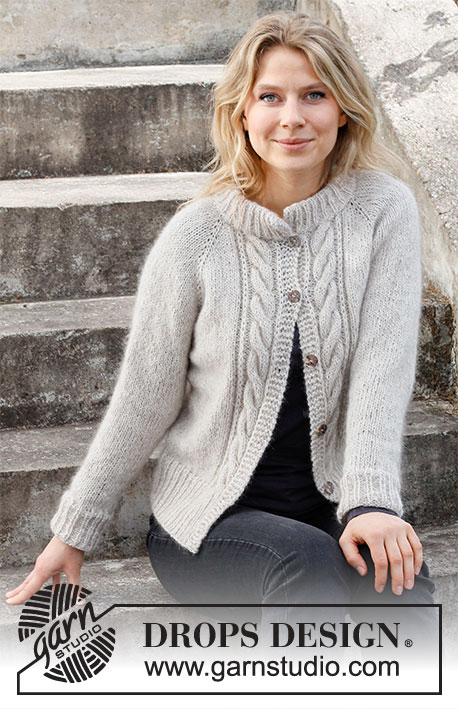 |
||||||||||||||||||
Knitted jacket in DROPS Sky and DROPS Kid-Silk. The piece is worked top down, with raglan, cables and Fisherman’s rib stitches. Sizes S - XXXL.
DROPS 215-3 |
|||||||||||||||||||
|
------------------------------------------------------- EXPLANATIONS FOR THE PATTERN: ------------------------------------------------------- RIDGE/GARTER STITCH (worked back and forth): Knit all rows. 1 ridge in height = Knit 2 rows. PATTERN: See diagrams A.1 to A.3. The diagrams show all rows in the pattern from the right side. INCREASE TIP (evenly spaced): To work out how to increase evenly, count the total number of stitches on the needle (e.g. 84 stitches) minus bands (e.g. 8 stitches) and divide the remaining stitches by the number of increases to be made (e.g. 27) = 2.8. In this example, increase by making 1 yarn over after alternately each 2nd and 3rd stitch. Do not increase on bands. On the next row work the yarn overs twisted to avoid holes. RAGLAN: All increases are worked from the right side! Increase 1 stitch on each side of the raglan-stitch, by making 1 yarn over (8 stitches increased on each increase-row). On the next row (wrong side) purl the yarn overs twisted to avoid holes. Then work the new stitches in stockinette stitch. DECREASE TIP (for sleeves): Decrease 1 stitch on either side of the marker thread as follows: Work until there are 3 stitches left before the marker thread, knit 2 together, knit 2 (marker thread sits between these 2 stitches), slip 1 stitch as if to knit, knit 1 and pass the slipped stitch over the knitted stitch. BINDING-OFF TIP: To avoid the bind-off edge being tight you can bind off with a larger size needle. If the edge is still tight, make 1 yarn over after approx. each 4th stitch at the same time as binding off; the yarn overs are bind off as normal stitches. BUTTONHOLES: Work buttonholes on right band (when garment is worn). Work from the right side when there are 3 stitches left on row as follows: Make 1 yarn over, knit 2 together and knit the last stitch. On the next row (wrong side) knit the yarn over to leave a hole. The first buttonhole is worked 1 cm = ⅜" below the neck. The other 4-4-4-5-5-5 buttonholes are worked with 8-9 cm = 3⅛"-3½" between each one. ------------------------------------------------------- START THE PIECE HERE: ------------------------------------------------------- JACKET – SHORT OVERVIEW OF THE PIECE: The neck and yoke are worked back and forth with circular needle from mid front and top down. The yoke is divided for body and sleeves and the body continued back and forth. The sleeves are worked in the round with short circular needle/double pointed needles, top down. NECK: Cast on 87-90-93-99-102-105 stitches (including 1 edge stitch on each side towards mid front) with circular needle size 4 mm = US 6 and 1 strand Sky and 1 strand Kid-Silk (= 2 strands). Purl 1 row (= wrong side). The next row is worked as follows from the right side: 1 edge stitch in GARTER STITCH – read description above, * knit 1, purl 2 *, work from *-* until there are 2 stitches left on the row, knit 1 and 1 edge stitch in garter stitch. Continue this rib for 10 cm = 4" (double neck). YOKE: When the rib is finished, change to circular needle size 5.5 mm = US 9 and work the next row as follows from the right side: Knit 1, knit the next 6 stitches together 2 and 2 (3 stitches decreased = 4 stitches for the band), knit 73-76-79-85-88-91 and increase 26-27-28-26-27-28 stitches evenly over these stitches – read INCREASE TIP, knit the next 6 stitches together 2 and 2, knit 1 (3 stitches decreased = 4 stitches for the band) = 107-111-115-119-123-127 stitches. Insert 1 marker after the band at the beginning of the row; the yoke is measured from this marker! Purl 1 row from the wrong side (yarn overs purled twisted and the bands worked in garter stitch). Now work pattern as follows: 4 band stitches in garter stitch, A.1 over the next 16 stitches, knit 2-3-4-5-6-7 (= left front piece), 1 yarn over, knit 1 (= raglan-stitch), 1 yarn over, knit 12 (= sleeve), 1 yarn over, knit 1 (= raglan-stitch), 1 yarn over, knit 2-3-4-5-6-7, A.2 over the next 31 stitches, knit 2-3-4-5-6-7 (= back piece), 1 yarn over, knit 1 (= raglan-stitch), 1 yarn over, knit 12 (= sleeve), 1 yarn over, knit 1 (= raglan-stitch), 1 yarn over, knit 2-3-4-5-6-7, A.3 over the next 16 stitches, 4 band stitches in garter stitch (= right front piece). AT THE SAME TIME work BUTTONHOLE on the right band – read description above. You have now increased 1 stitch to RAGLAN on each side of all the raglan-stitches in the transitions between the body and sleeves – read description above. Continue this pattern back and forth and increase to raglan every 2nd row a total of 18-20-22-23-27-29 times = 251-271-291-303-339-359 stitches. REMEMBER THE KNITTING GAUGE! Continue with the pattern without further increases to raglan until the yoke measures 21-24-26-28-31-35 cm = 8¼"-9½"-10¼"-11"-12¼"-13¾" from the marker. Now divide the yoke for the body and sleeves on the next row from the wrong side as follows: Work the first 41-44-47-49-54-57 stitches (= right front piece), place the next 48-52-56-58-66-70 stitches on a thread for the sleeve, cast on 6-6-6-8-8-10 new stitches on the needle (= in side under the sleeve), work the next 73-79-85-89-99-105 stitches (= back piece), place the next 48-52-56-58-66-70 stitches on a thread for the sleeve, cast on 6-6-6-8-8-10 new stitches on the needle (= in side under the sleeve), work the last 41-44-47-49-54-57 stitches (= left front piece). Body and sleeves are finished separately. THE PIECE IS NOW MEASURED FROM HERE. BODY: = 167-179-191-203-223-239 stitches. Continue back and forth with 4 band stitches in garter stitch on each side, patterns A.1, A.2 and A.3 as before and stockinette stitch over the other stitches. Continue working until the piece measures 19-18-18-18-17-15 cm = 7½"-7"-7"-7"-6¾"-6" from the division – adjust so you finish on row 5 in A.1, A.2 and A.3. Change to circular needle size 4 mm = US 6. Now work as follows from the wrong side: 4 band stitches in garter stitch, A.3b over the next 16 stitches (2 stitches increased = 18 stitches), purl 48-54-60-66-76-84 and increase 10-10-13-13-15-16 stitches evenly over these stitches (= 58-64-73-79-91-100 stitches), A.2b over the next 31 stitches (4 stitches increased = 35 stitches), purl 48-54-60-66-76-84 stitches and increase 10-10-13-13-15-16 stitches evenly over these stitches (= 58-64-73-79-91-100 stitches), A.1b over the next 16 stitches (2 stitches increased = 18 stitches), 4 band stitches in garter stitch. There are 195-207-225-237-261-279 stitches on the needle. Now work rib (knit 1, purl 2) inside the 4 band stitches in garter stitch on each side and continue with A.1b over A.1, A.2b over A.2 and A.3b over A.3 – first row from the right side. NOTE! There should now be knit 1, purl 2 over all stitches between the bands. When the rib measures 10 cm = 4", bind off with knit over knit and purl over purl – read BINDING-OFF TIP. The jacket measures approx. 54-56-58-60-62-64 cm = 21¼"-22"-22¾"-23⅝"-24⅜"-25¼" from the shoulder down. SLEEVE: Place the 48-52-56-58-66-70 stitches from the thread on the one side of the piece on double pointed needles/short circular needle size 5.5 mm = US 9 and knit up 1 stitch in each of the new stitches under the sleeve = 54-58-62-66-74-80 stitches. Insert a marker thread in the middle of the new stitches (= 3-3-3-4-4-5 new stitches on each side of the thread). Work stockinette stitch in the round. When the sleeve measures 4 cm = 1½" from the division, decrease 2 stitches under the sleeve – read DECREASE TIP-1. Decrease like this every 3½-3-2½-2-1½-1 cm = 1¼"-1⅛"-⅞"-¾"-½"-⅜" a total of 9-10-11-12-15-17 times = 36-38-40-42-44-46 stitches. When the sleeve measures 34-32-30-29-26-23 cm = 13⅜"-12½"-11¾"-11⅜"-10¼"-9" (shorter measurements in larger sizes due to wider neck and longer yoke) knit 1 round where you increase 9-7-8-9-7-8 stitches = 45-45-48-51-51-54 stitches. Change to double pointed needles size 4 mm = US 6 and work rib (= knit 1, purl 2) for 6 cm = 2⅜". Bind off with knit over knit and purl over purl. The sleeve measures approx. 40-38-36-35-32-29 cm = 15¾"-15"-14¼"-13¾"-12½"-11⅜" from the division. Work the other sleeve in the same way. ASSEMBLY: Fold the neck to the inside and sew down. To avoid the neck being tight and rolling outwards, it is important the seam is elastic. Sew the buttons onto the left band. |
|||||||||||||||||||
Diagram explanations |
|||||||||||||||||||
|
|||||||||||||||||||
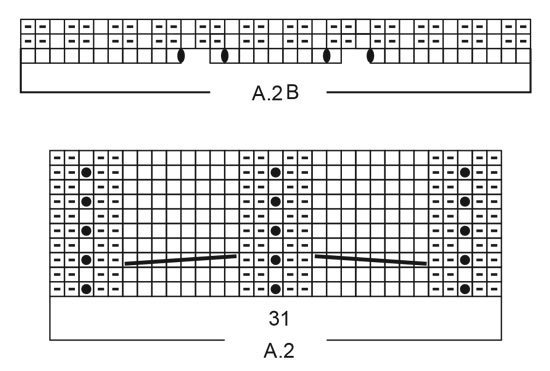
|
|||||||||||||||||||
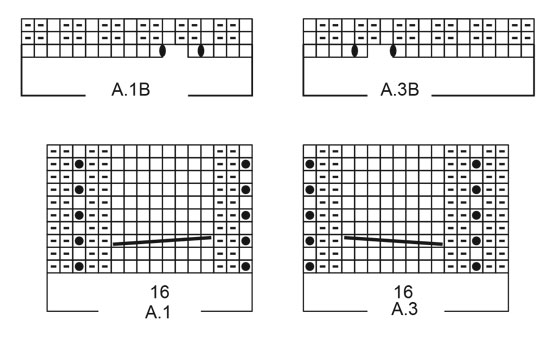
|
|||||||||||||||||||
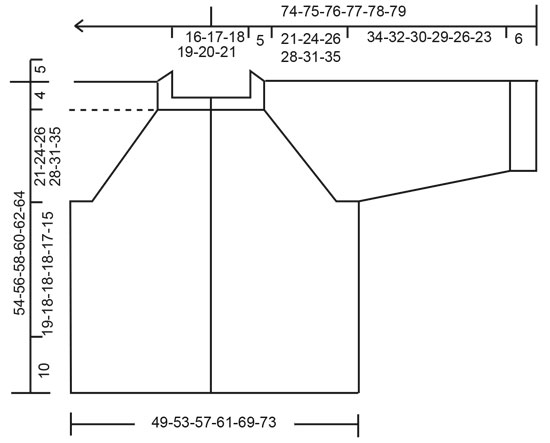
|
|||||||||||||||||||
Have you finished this pattern?Tag your pictures with #dropspattern #herringbonehilljacket or submit them to the #dropsfan gallery. Do you need help with this pattern?You'll find 30 tutorial videos, a Comments/Questions area and more by visiting the pattern on garnstudio.com. © 1982-2025 DROPS Design A/S. We reserve all rights. This document, including all its sub-sections, has copyrights. Read more about what you can do with our patterns at the bottom of each pattern on our site. |
|||||||||||||||||||

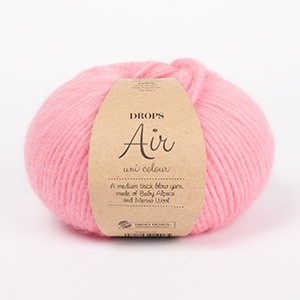





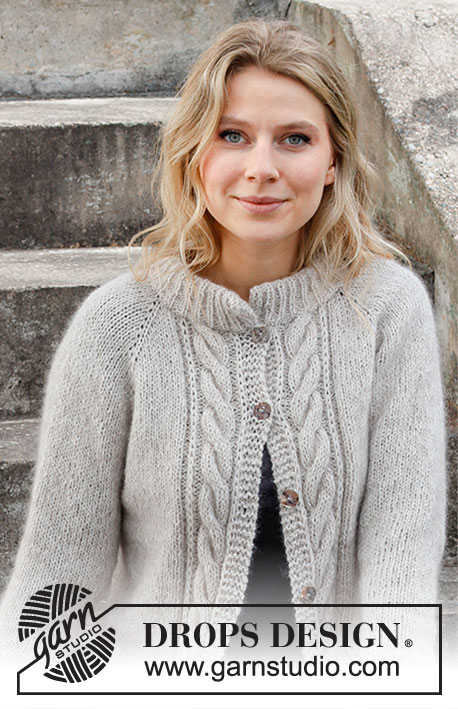
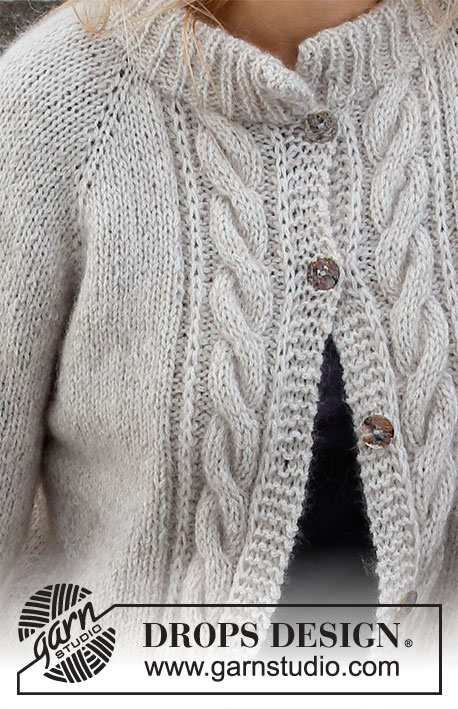

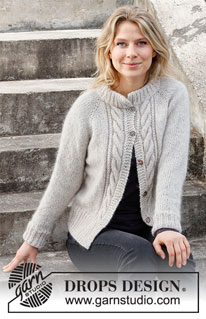
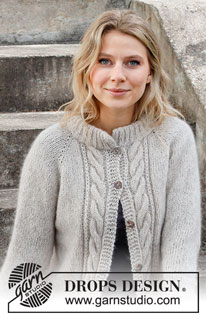
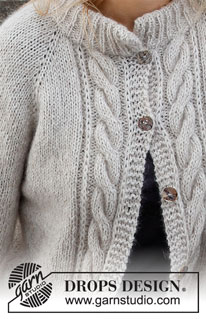





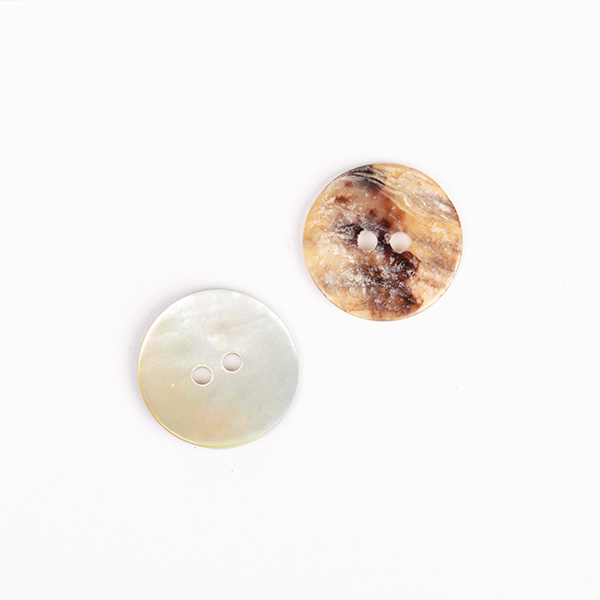
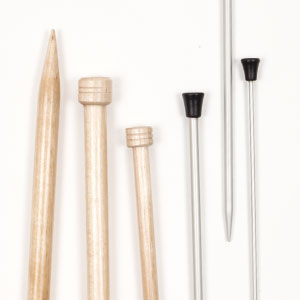
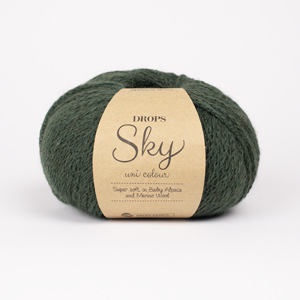
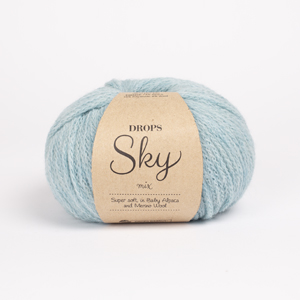
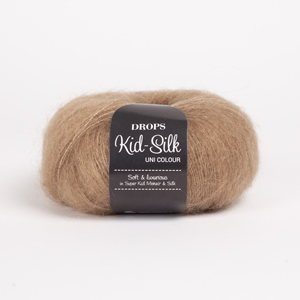
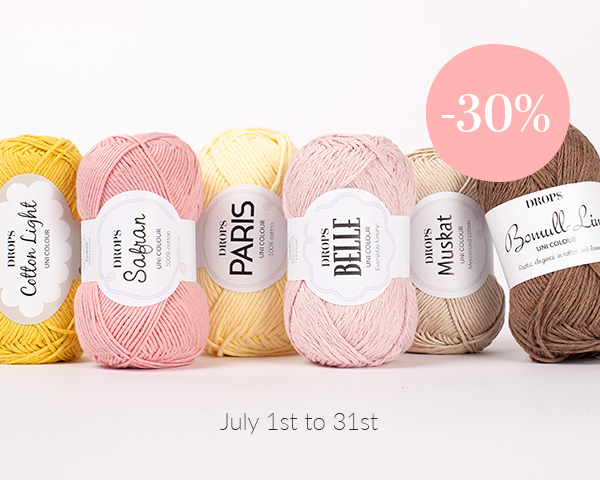




































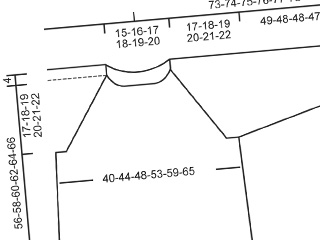
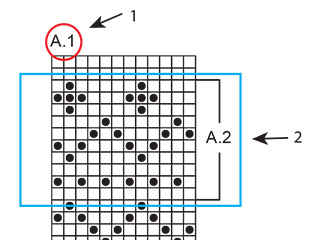
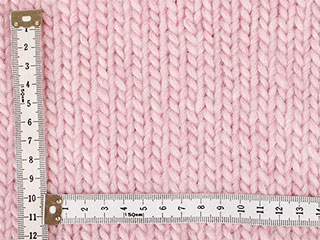
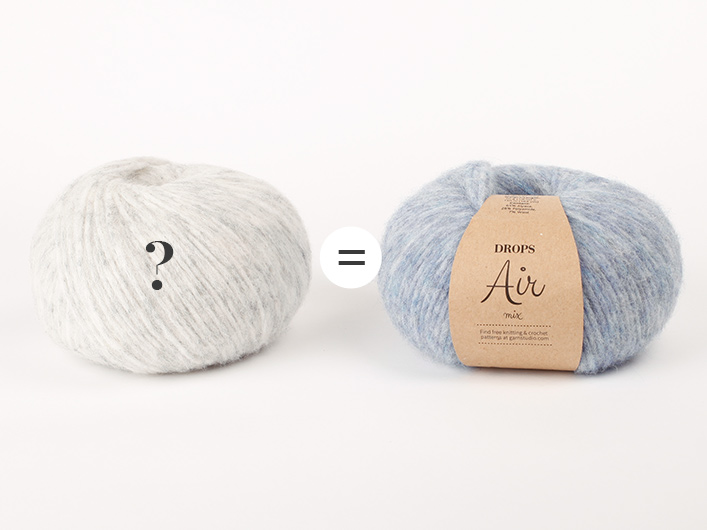
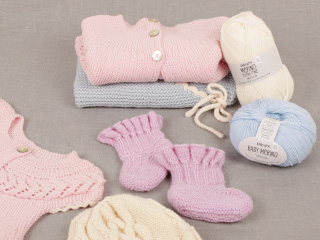
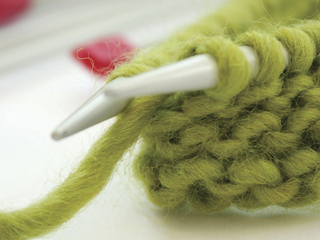
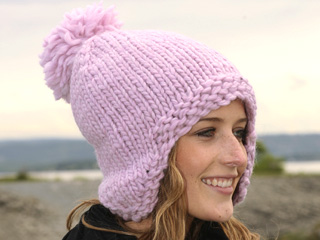
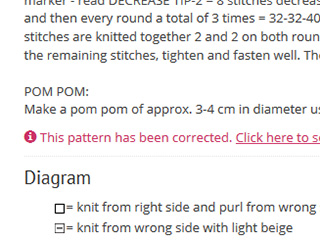
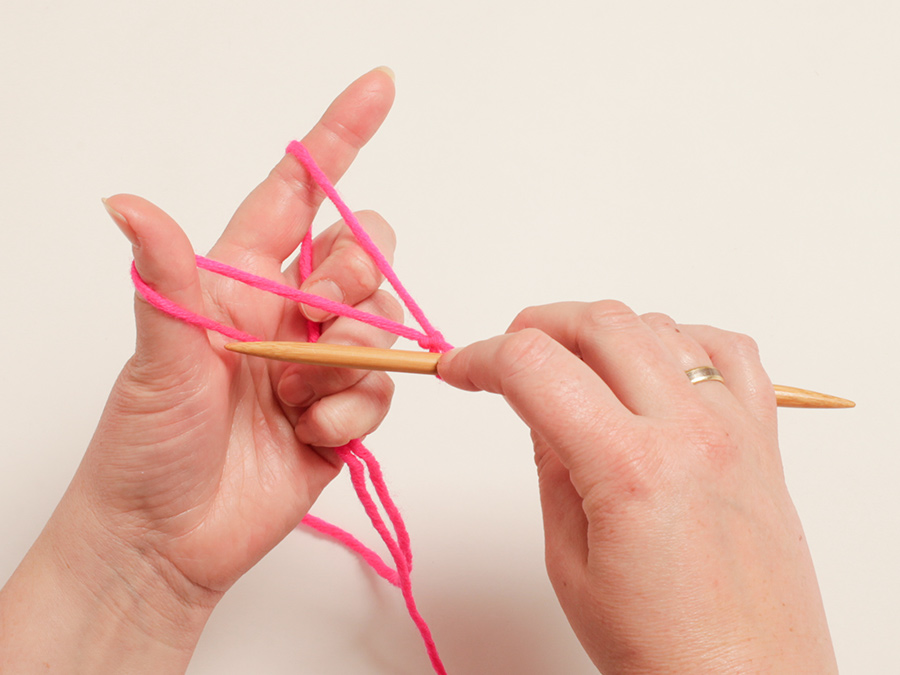
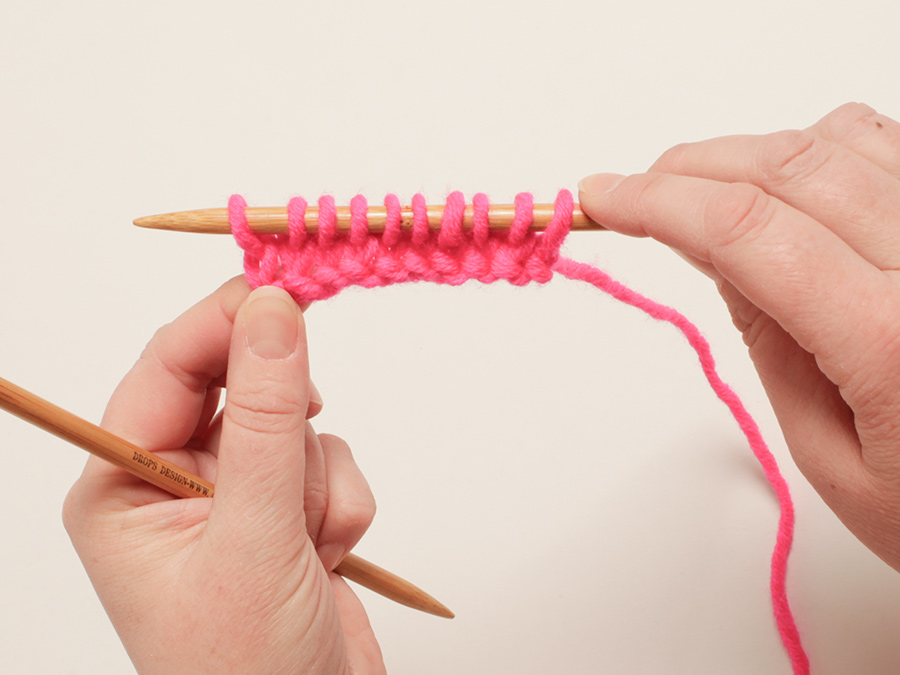
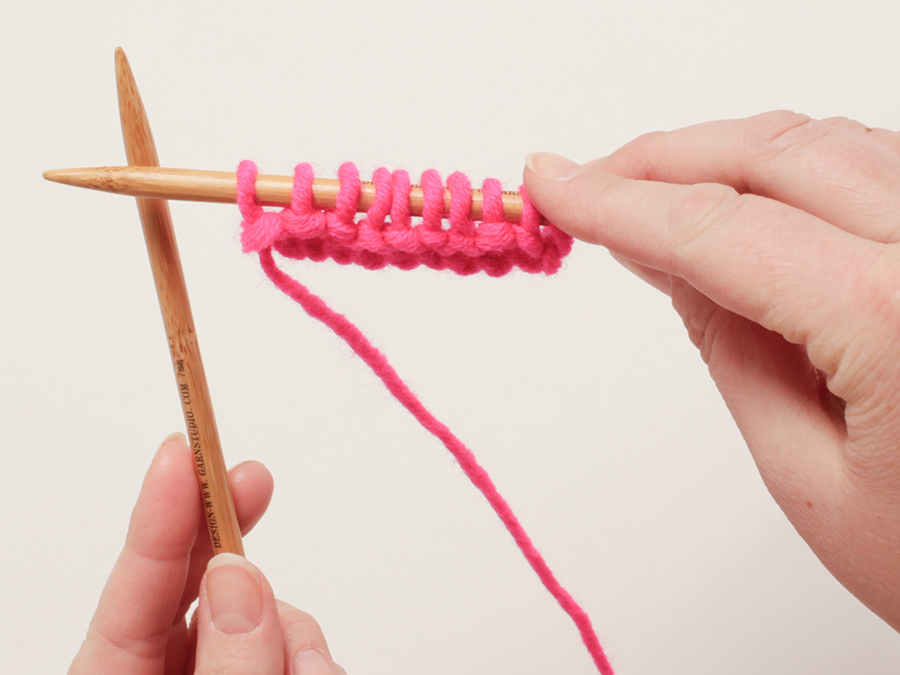
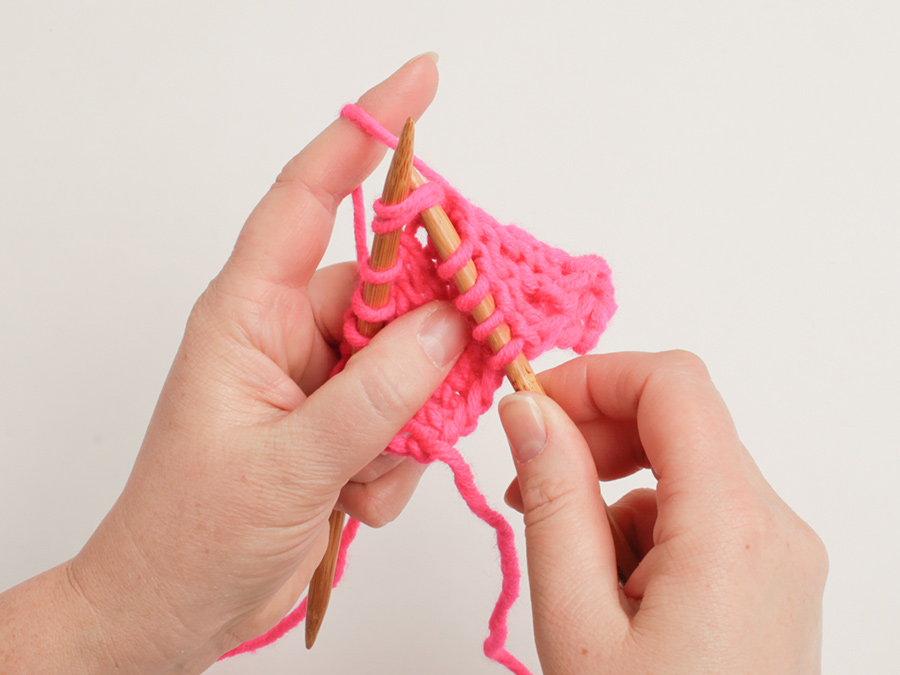
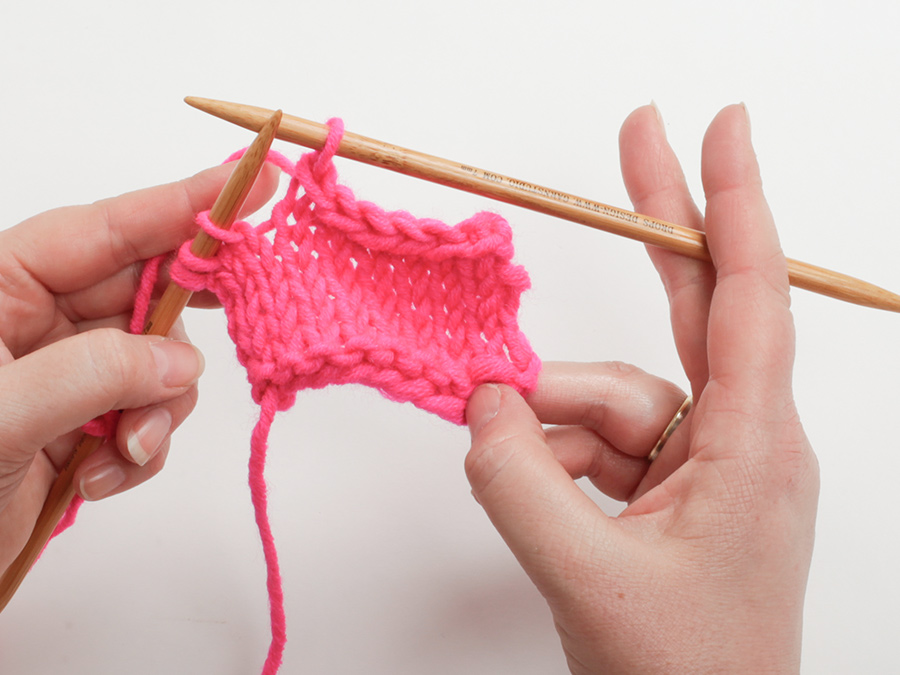
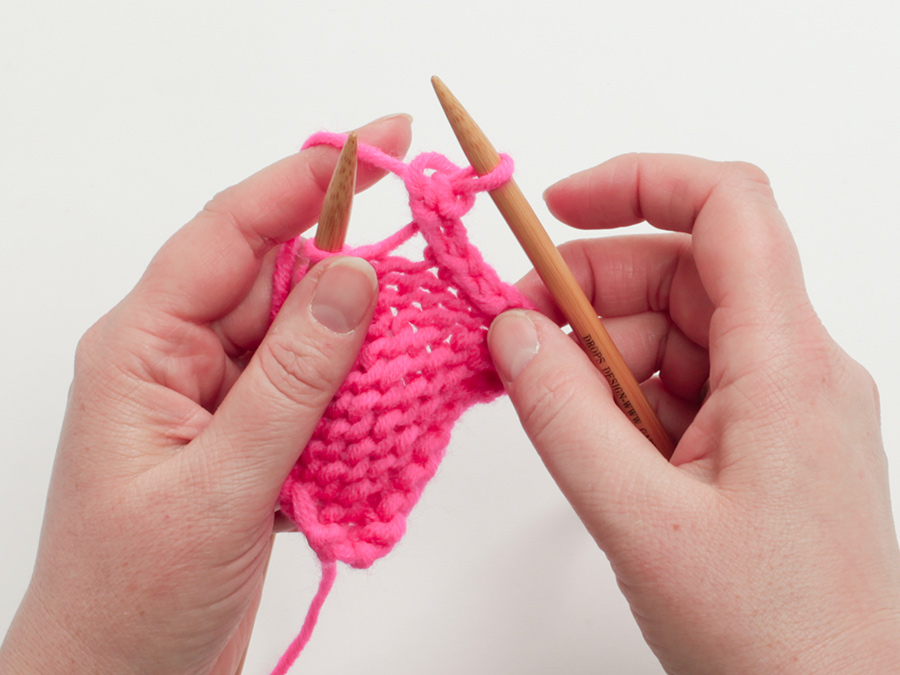

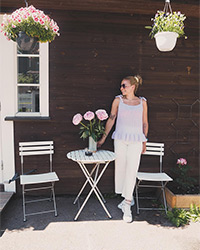
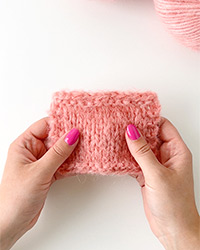
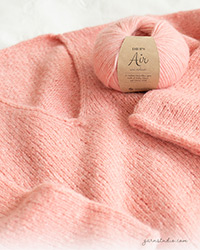
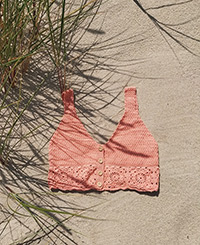
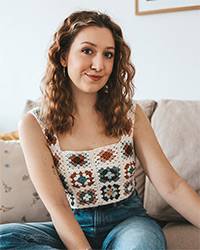
Post a comment to pattern DROPS 215-3
We would love to hear what you have to say about this pattern!
If you want to leave a question, please make sure you select the correct category in the form below, to speed up the answering process. Required fields are marked *.